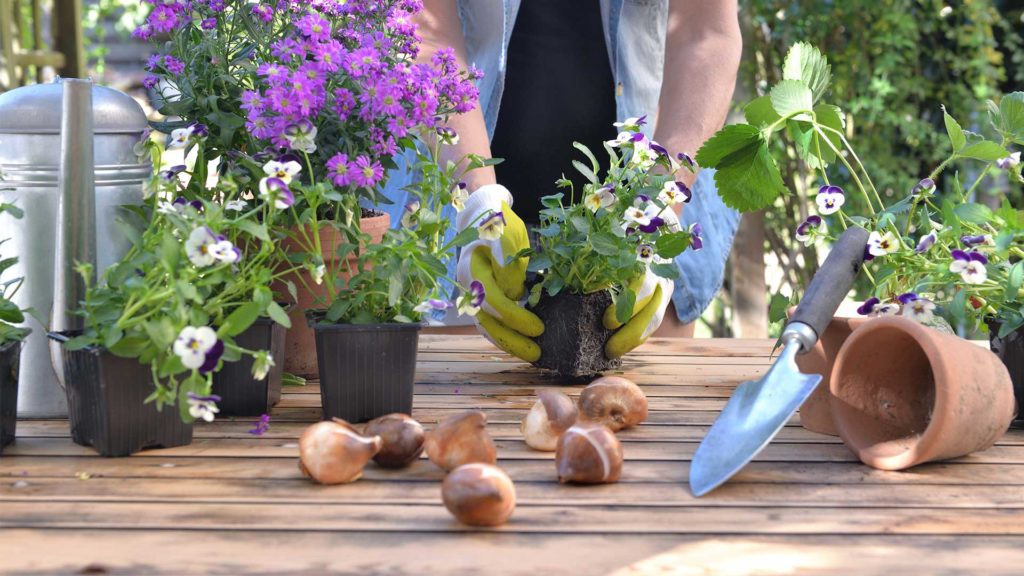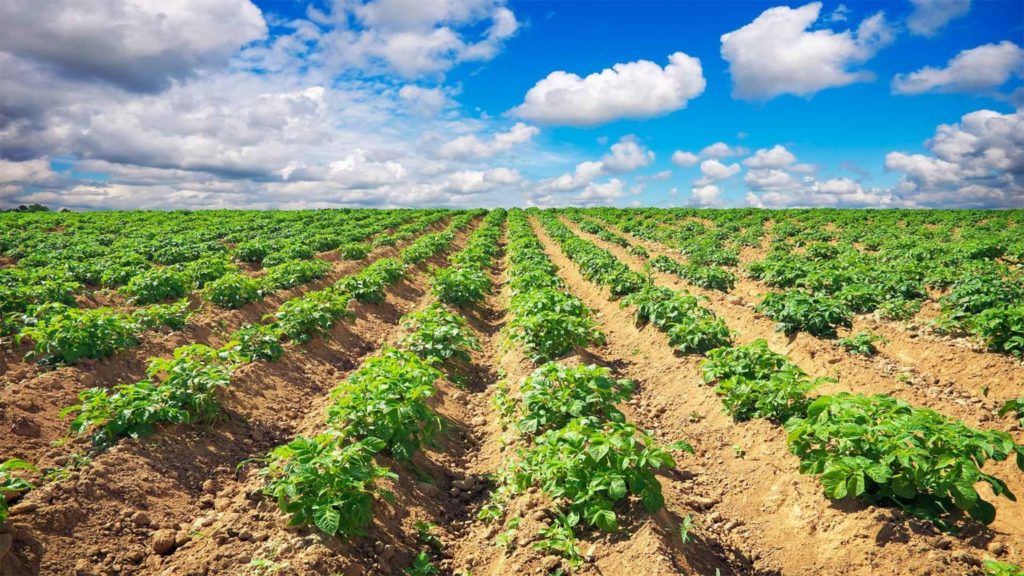Boron for Plants
Boron for plants is an important micronutrient for healthy growth. Boron deficiency in plants can lead to stunted growth and death of a plant. In addition, boron helps stop deforestation by preventing trees from taking up nutrients they require due to a lack of boron. In commercial applications, Borax (sodium tetraborate) is used as a fertilizer on agricultural lands and horticultural gardens because it increases crop yields while also providing many other benefits like increasing soil fertility and helping crops grow better even under drought conditions!

How Boron helps in plant growth
Plants need Boron to survive as it plays a key role in cell wall formation and stability, maintenance of structural integrity, movement of sugar or energy into growing parts of the plant, pollination, and seed set. Without boronic acid for these functions, essential things like nitrogen fixation would not take place effectively, leading to less efficient crop production with possible impacts on food security around the world.
Boron for plants’ importance can be seen from its presence at nearly every stage necessary for survival: it forms an integral part within cells walls; helps maintain their structural integrity; aids in transporting sugars throughout plants so that growth may occur uninhibited by lack of resources.
Boron deficiency can cause a reduction in the number of flowers per plant, poor pollen vitality, and empty grains. Low B supply may also stunt root growth, as shown by these soybean plants and canola photos.
How to detect Boron deficiency
Even though most crops cannot transport B from vegetative tissues to actively growing, meristematic plant tissue such as shoots, root tips, flowers, or fruits, this is not a problem because, in nature, plants have developed an ingenious system; they can draw up nutrients through their roots into leaves and other parts of the stem, where it helps with photosynthesis.
In the case of severe B deficiency, stunted development and death of meristematic growing points is common. Other reactions include reduced root elongation and failure to set flowers or fruit in plants without visible leaf deficiency symptoms. In serious cases, a low supply may also lead to adverse effects on pollination and seed production with no observable signs other than those at the roots.
Adding Boron as a micronutrient for plants

Boron is a micronutrient that is essential to the growth and health of all crops. Boron can be found in soil solutions, adsorbed on surface soils, organic matter, or as part of mineralogy in the ground itself. Boron moves through plants slowly because it has no form unless bonded with other elements such as nitrogen which causes borax crystals.
Boron is a micronutrient that has traditionally been difficult to apply evenly because it must be applied in small quantities. Farmers have dealt with this issue by blending boron-containing fertilizers into P and K products, creating an uneven spread of the nutrient across fields, leading to “hot spots” where crops are not receiving enough nutrition. The best way for farmers to deliver consistent amounts of boron is through soil-applied fertilizer containing low levels of boron, so there will be even distribution within each field’s soils without any risk for leaching or runoff contamination from other areas nearby the farmland.
Moisture and soil type have been shown to affect the amount of boron taken up by plants, but there are ways for you to increase your crops’ uptake even if they’re on dry or sandy soils! Spring applications will help maximize crop absorption due to increased water movement through these types of soils. At the same time, split fertilizer application should be used so as not to use too much potassium-rich material where it’s unnecessary – alfalfa (which has high requirements for both potassium and boron) can benefit from this technique.
Crop rotations may be beneficial for nutrient uptake and utilization of boron. Grasses, such as corn and wheat, have shallower fibrous root systems that go up to only a few inches deep into the ground, while taproot systems belonging to alfalfa or sugar beets can reach down closer towards two feet below the surface! So when you rotate your crops, they don’t grow in one spot more than once every three years (which is recommended); it will help prevent them from sucking out all nutrients needed by other plants nearby, which could starve them if grown too close together.
How Boron increases crop yields

Potatoes
Potatoes are a crop where farmers must balance top growth with tuber development to ensure a good yield. The main driver in vegetative growth is nitrogen, whereby as nitrate levels increase, the plant produces higher auxin levels, leading to faster vegetative growth at the expense of tuber development. Farmers should carefully manage this response so that it doesn’t stop them from getting high yields and quality potatoes by balancing their crops’ nutrient needs using boron supplements when needed.
The research from the Leibniz Institute in Germany shows that boron status has a marked effect on the relative production of plant growth hormones. Plants deficient in boron make higher levels of auxins and lower levels of cytokinins and gibberellin; as Boron increases, this reverses with auxin decreasing while cytokine increases become more active.
Boron can be used to reduce auxin synthesis and slow down periods of rapid vegetative growth. Timing and quantity have to decide the fate of your garden, as too much boron will kill plants. At the same time, one without enough could leave a deficiency in other nutrients like nitrogen or potassium, which limits plant production. This means choosing what type of product is best for you, when it should be applied (between watering cycles), how often it should happen if needed at all, where exactly on the soil’s surface to apply so that there are no runoff problems; these factors may make-or-break planting success for a season.
Soybeans
While the research trials for the effects of Boron on soybean yield have been a little inconsistent, we’ve seen strong positive benefits from using Boron to increase yield. In a recent study, researchers found boron increased soybean yields at three of four research locations in Arkansas. At one site, yield increases were more than 100%, while the range was 4-15%. The following year when they conducted another test to confirm their findings (due to skepticism from other scientists), they saw similar results: Boron had improved soil quality and resulted in higher crop production. They believe this is due not only because it helped fix an imbalance with trace minerals but also because it strengthened plants’ resistance against pests like a worm, preventing these crops from growing as much before adding boron supplements into the mix!
While more research is yet to be conducted to reach a conclusive point, it is safe to say that Boron’s availability to plants is certainly not harmful in prescribed doses.
Conclusion
We can see that the potential of using Boron for plants as a micronutrient is absolutely crucial to increase the yield of crops and prevent quality issues. Boron is also a key player in improving soil quality and strengthening plants’ resistance against pests. This is why plants with regular Boron supply are also more likely to retain their nutritional value in any weeds or insects in the vicinity. Its immense potential can be an effective deterrent against global warming and help keep our forests intact. It can enrich soil quality, improve seed generation, and even promote an increase in the natural pasture because of its capabilities.





